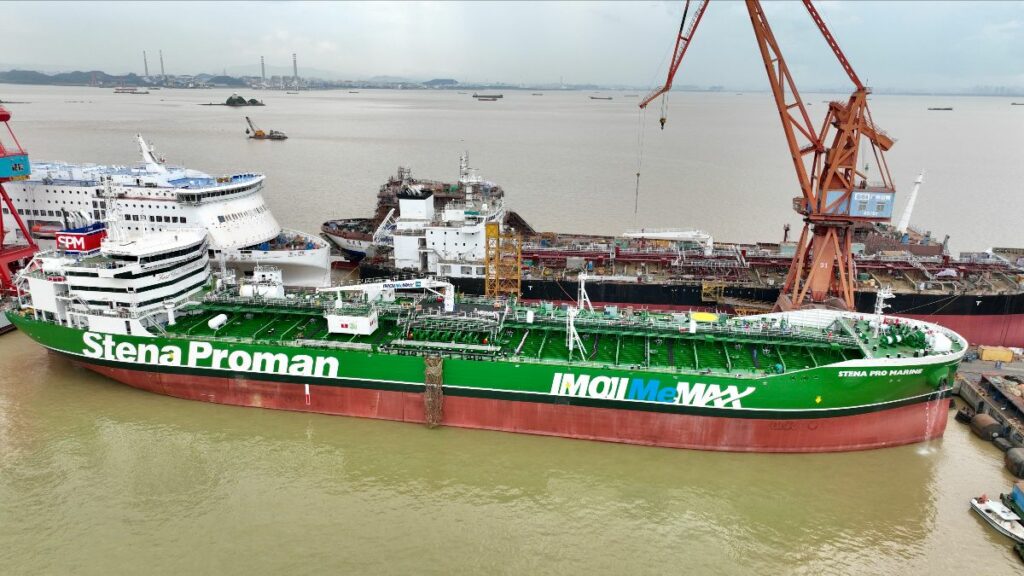The Americas clean tanker market is poised for an uncertain 2023, with freight volatility exacerbated by the ongoing displacement of distillates amid the Russia-Ukraine conflict, fueling global economic turmoil and deepening tonnage dislocation.
Since the onset of the Russian invasion of Ukraine on Feb. 24, Americas clean tanker freight has seen grandiose swings, once rising as fast as 45% in a matter of days only to see market corrections devaluing key trading routes by almost half in a just a week’s time.
Market participants expect that this same level of freight volatility will continue posing both challenges and opportunities to freight traders in 2023.
This volatility has been caused by the dislocation of both petroleum products and of tanker tonnage carrying these hydrocarbons as charterers seek to meet demand markets.
The US is expected to have a 1.1 million b/d surplus of diesel in 2023, shipowner Scorpio Tankers said in their December market update report, while the US remains the main products supplier for Latin America and subsequently Europe. The company noted that a 1 million b/d deficit for diesel is expected in Europe and a 1.2 million b/d deficit is expected in Latin America.
Each possible replacement scenario of Russian product is expected to result in barrels travelling longer distances, driving up ton-mile demand by approximately 3,500 billion in 2023, up 9.7% from 2022, Scorpio said in their report.
For the benchmark USGC-Chile route, the cycles of volatility expanded in the beginning of the second quarter of 2022 and contracted throughout Q3, according to data from S&P Global Commodity Insights, showcasing unstructured fluctuation. Market sources remain uncertain as to how the coming year will play out.
“I really have no idea, it’s a difficult question,” a shipowner said.
Panama Canal Toll Increase
On the supply side, 2023 increases in Panama Canal transit tolls by 30% on the laden leg and by 32% on the ballast leg are expected to further dislocate product tonnage, in that the increases could incentivize product imports from across the Pacific Ocean over sourcing from the US Gulf Coast.
Currently, transit tolls for Medium Range tankers amount to $135,000 for laden voyages and $120,000 for ballast voyages, with other maritime services, including towage, mooring and unmooring, the fresh-water surcharge, booking fee and other expenses adding another $79,000, according to market sources.
Starting Jan. 1, the toll charges increase by $40,000 and by $38,000 for laden and ballast transits to $175,000 and $158,000, respectively, a shipowner calculated.
“Canal costs in the past have not gone up as much as they’re about to,” a second shipowner said.
Adding on the higher premiums could incentivize charterers to source product from the Asia-Pacific market in an effort to avoid incurring higher costs on top of delays. The Panama Canal remains an imperative connection for USGC-origin refined products exports to South America’s west coast markets and to Northeast Asia.
A third shipowner said that, in December the market was already seeing charterers avoid booking through the Panama Canal when possible.
“The Far East market has been seeing so many ships opening along the US West Coast and even some West Coast Mexico positions ballasting to the Far East market,” the same shipowner added.
In addition, toll increases will continue to exacerbate freight, as they are built into costs incurred by charterers. From a shipowner’s perspective, higher freight costs will need to be paid in order for owners to achieve similar earnings to routes not plagued by the logistical issues faced during canal transit.
Negotiations on the 38,000 mt USGC-Chile run for cargoes loading during the first decade of January saw freight rise $50,000 to $2.35 million from $2.3 million for December-loading barrels following a trade on Dec. 28. Marathon was heard to have placed the ExxonMobil-relet Esteem Energy on subjects at that level for a Jan. 1-2 laycan on Dec. 28. Freight for the Americas Atlantic Basin long-haul routes were rangebound Dec. 28, and Platts last assessed the USGC-Chile MR route at $2.35 million Dec. 28.
Source: Hellenic Shipping News





